Is there such a thing as "invasive" Conifers?
ilovemytrees
10 years ago
Related Stories
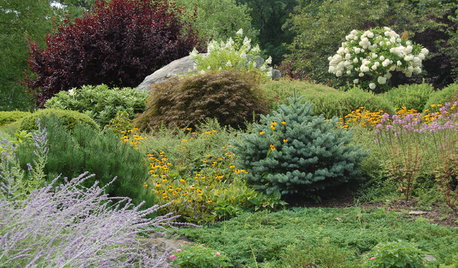
GARDENING GUIDESDesigning With Conifers: Finding the Right Garden Bedmates
In gardening, building on commonalities creates an enduring relationship
Full Story
GARDENING GUIDESDo You Have This Invasive Plant in Your Yard?
Garlic mustard is spreading across the U.S. Here’s how to spot it and what to do
Full Story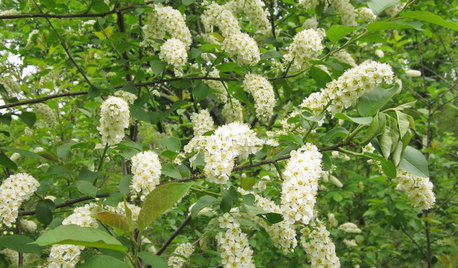
TREESNative Plant Alternatives to Invasive Common Buckthorn
Learn how to identify and control this aggressive plant, and what to grow in its place
Full Story
DECORATING GUIDESOn Trend: Invasion of the Blobs
And what a welcome invasion it is, with furniture and accessories in organic forms that mimic nature's simplicity
Full Story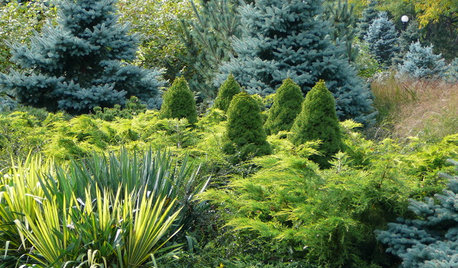
PLANTING IDEASDesigning With Conifers: Layers of Texture for Your Garden
Sharp and prickly or fine like ferns, richly textured conifers bring unexpected interest to the landscape
Full Story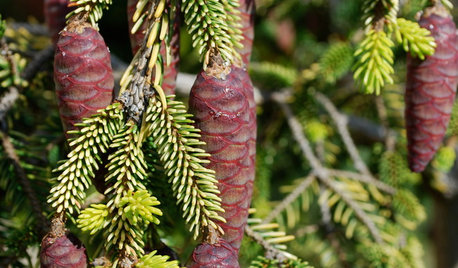
GARDENING GUIDESGreat Design Plant: Skylands Oriental Spruce, a Favorite Conifer
Brighten up a drab corner of your garden with Picea orientalis ‘Skylands’, a smaller spruce that a bird family might just call home
Full Story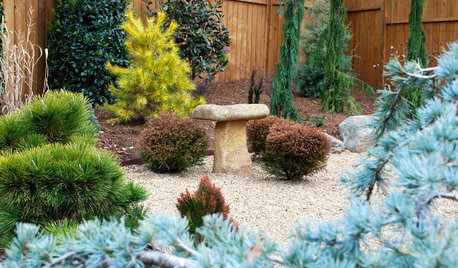
PLANTING IDEASDesigning With Conifers: Personality and Form in the Garden
Unique and full of interest, well-shaped conifers await a place your yard
Full Story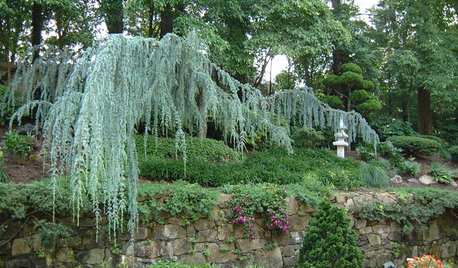
PLANTING IDEASDesigning With Conifers: Exploring Color
Colorful, structural and adaptable, conifers are waiting to transform your garden
Full Story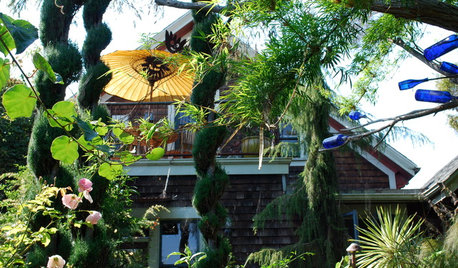
PLANTING IDEASDesigning With Conifers: How to Unite Your Landscape
Create a landscape full of intrigue and artistry with the right placement of conifers and their supporting players
Full Story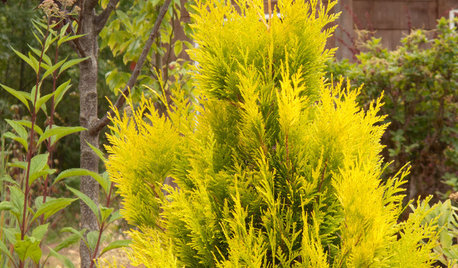
FOLIAGEGreat Design Plant: 'Forever Goldie' Arborvitae
As soft as a teddy bear, this golden conifer adds year-round interest to the garden
Full Story



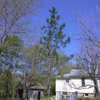


salicaceae
ken_adrian Adrian MI cold Z5
Related Discussions
What's So Wrong With Invasives?
Q
Non-invasive Japanese Maples or alternatives?
Q
miscellaneous conifers and other green things
Q
Non-conifer evergreen plants
Q
ilovemytreesOriginal Author
salicaceae
pineresin
Smivies (Ontario - 5b)
jorginho
Smivies (Ontario - 5b)
jimbobfeeny
jimbobfeeny
jorginho
jimbobfeeny
mikebotann
Smivies (Ontario - 5b)
liopleurodon
jorginho
jimbobfeeny
jorginho
jimbobfeeny
jimbobfeeny
brandon7 TN_zone7
jorginho
wisconsitom
jimbobfeeny
wisconsitom
jimbobfeeny
lou_spicewood_tx
Toronado3800 Zone 6 St Louis
wisconsitom